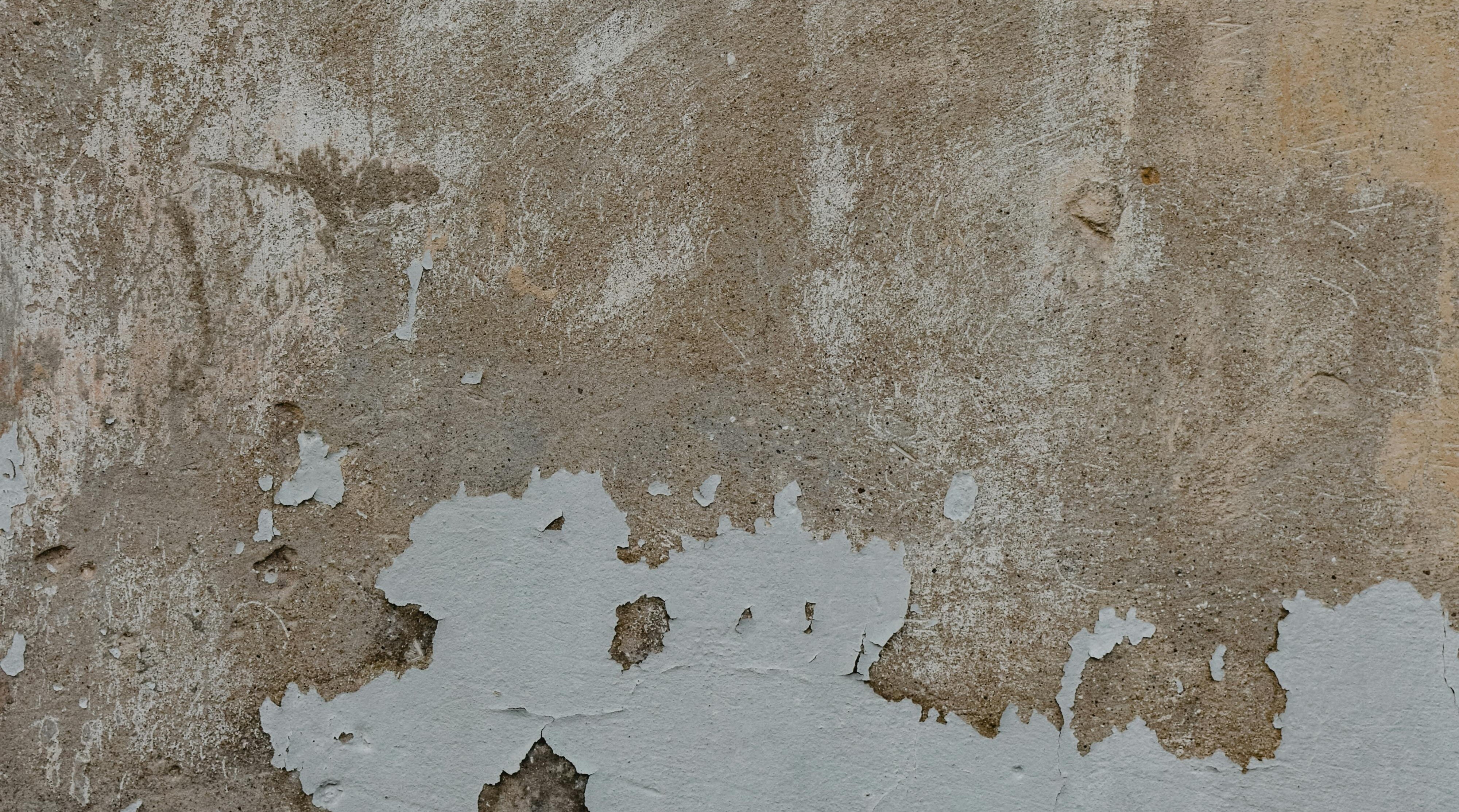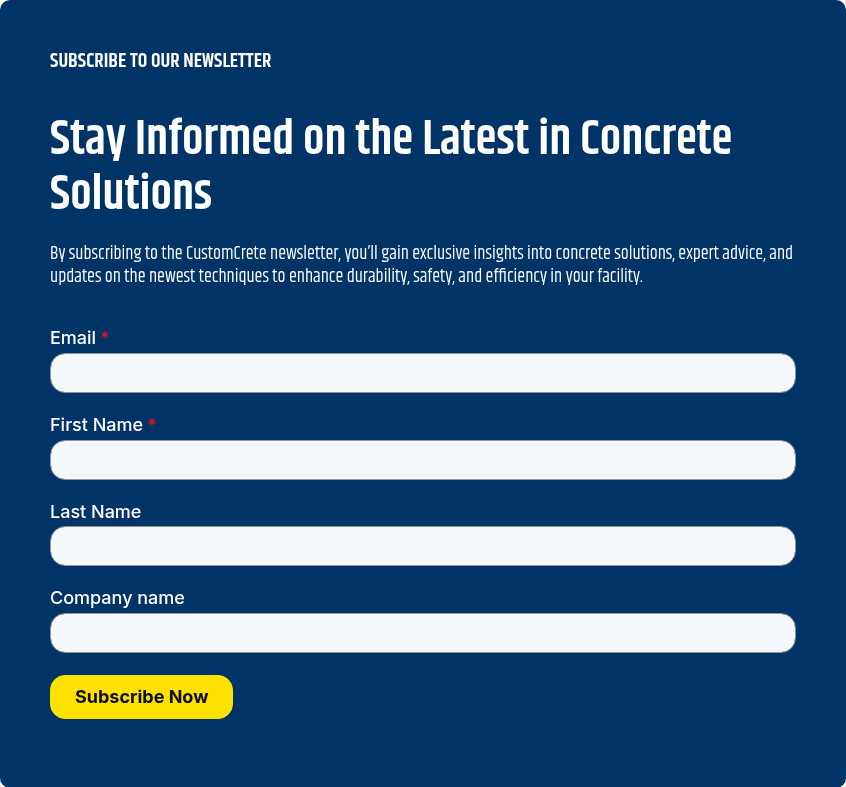
Peeling commercial floors are more than just an eyesore—they're a warning sign. CustomCrete has worked with countless commercial and industrial clients across Chicago, helping to identify and resolve floor coating failures with precision and long-term results. Whether you're managing a warehouse, retail space, office, or industrial facility, floor failure can create safety risks, damage your brand image, and lead to costly repairs if not addressed quickly. If you've noticed bubbling, cracking, or layers lifting from your concrete floor coating, it's time to take action.
In this article, we’ll explore the common causes of peeling floors, what you can do to fix the issue, and how to prevent it from happening again. Whether you're in the early stages of floor damage or trying to understand your long-term maintenance strategy, this guide will help you protect your investment in commercial flooring.
Common Causes of Peeling Commercial Floors
Understanding why your commercial flooring is peeling is the first step to a lasting fix. Here are the most frequent culprits:
1. Improper Surface Preparation
Many flooring failures start before the coating even goes down. If the concrete surface wasn’t thoroughly cleaned, degreased, or profiled before application, the coating may not bond properly. Dust, oil, moisture, or old adhesive residue can prevent sealants and epoxies from adhering as they should.
2. Moisture Issues
Concrete is porous and can absorb water from the ground below. If that moisture rises to the surface (a process called vapor transmission), it can push up against the coating and cause bubbling or peeling. Moisture is especially problematic in older buildings or areas with no vapor barrier.
3. Use of Low-Quality Materials
Not all coatings are created equal. In high-traffic environments, a low-grade product may not stand up to heavy machinery, foot traffic, or exposure to chemicals. Over time, these materials can break down or delaminate.
4. Poor Application Practices
Applying floor coatings in conditions that are too humid or cold, using the wrong application tools, or skipping manufacturer instructions can all lead to peeling. Even the best materials will fail without proper technique.
5. Old Age and Wear
Even well-installed floors have a lifespan. If your commercial flooring is peeling after many years of service, it could simply be reaching the end of its useful life. Re-coating or resurfacing might be necessary.
What to Do When Commercial Flooring Starts to Peel
Once you spot signs of peeling, don't wait. Taking immediate steps can minimize damage and reduce repair costs.
1. Assess the Damage
Start by evaluating the extent of the issue. Is the peeling isolated to a specific area, or is it widespread? Are other issues like cracks, moisture, or discoloration present? This will help you determine whether a spot fix or full resurfacing is required.
2. Identify the Underlying Cause
Knowing why the floor is peeling is key to choosing the right fix. Conduct a moisture test, check temperature and humidity conditions, and review the original installation if possible. You may also want to consult a flooring contractor to perform a professional assessment.
3. Remove the Damaged Coating
Use a floor grinder or shot blaster to remove the peeling sections of the coating. This step is essential—even the best new coating won’t bond properly if it’s applied over a failing base.
4. Repair and Resurface
Once the surface is clean and prepped, repair any cracks or pits and apply a new, high-performance coating system. Choose a product that fits your environment—whether that’s an epoxy, polyurethane, or another commercial-grade option.
5. Work with an Experienced Contractor
Peeling floors often result from application mistakes. Working with a commercial flooring professional ensures that surface prep, material selection, and installation are done correctly the first time. Look for a company with experience in your industry and a track record of successful installations.
How to Prevent Future Peeling
While fixing peeling floors is important, preventing it from happening again is even better. Here are some proactive measures to take:
Use Moisture Vapor Barriers
Installing a moisture vapor barrier beneath your commercial flooring can prevent vapor transmission from the slab. This is especially important in basements, older buildings, or facilities with high humidity.
Ensure Proper Surface Preparation
Always clean, profile, and dry the concrete before applying any coating. Following the manufacturer’s prep recommendations ensures proper adhesion and performance.
Choose the Right Product
Don’t cut corners with low-grade materials. Choose coatings specifically designed for your environment. A warehouse with forklifts will need different protection than a commercial kitchen or a retail lobby.
Schedule Regular Maintenance
Routine cleaning and inspections can extend the life of your flooring system. Address small chips or wear early to prevent them from developing into larger issues.
Final Thoughts
Peeling floors are a serious problem—but one that can be fixed and prevented with the right approach. By identifying the root cause and working with experienced professionals, you can restore your commercial flooring and avoid recurring issues in the future.
If you're dealing with peeling or damaged floors, now’s the time to act. Don’t let a small problem turn into a costly one.
Ready to restore your floors? Contact CustomCrete today to schedule an evaluation and discuss your repair options.
